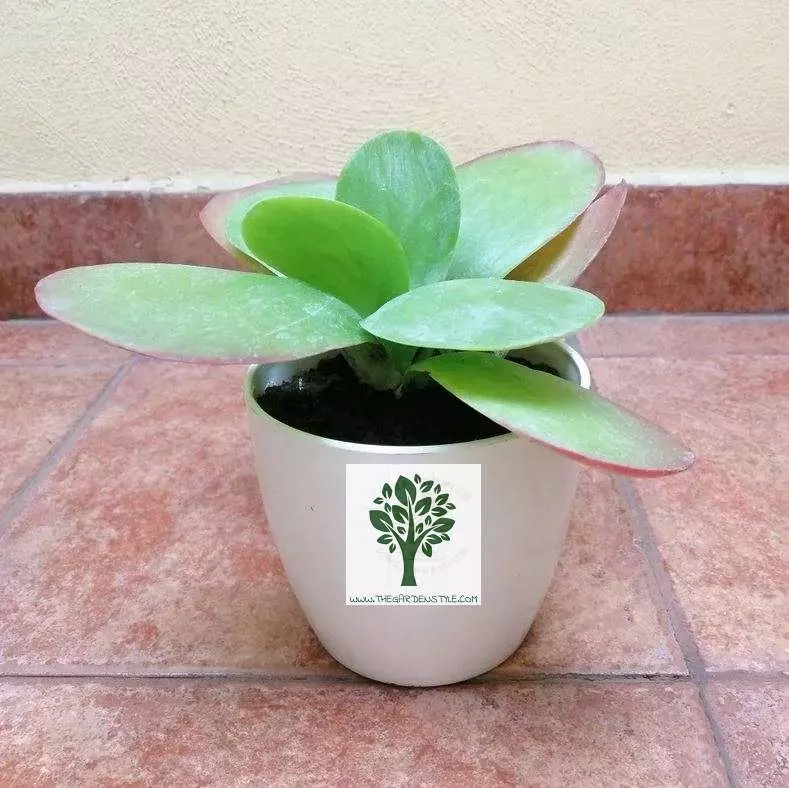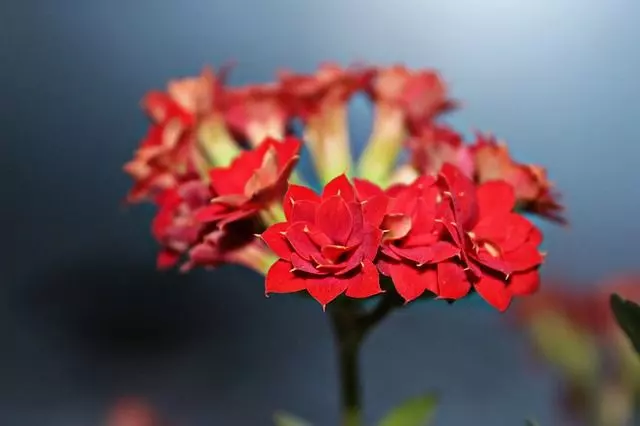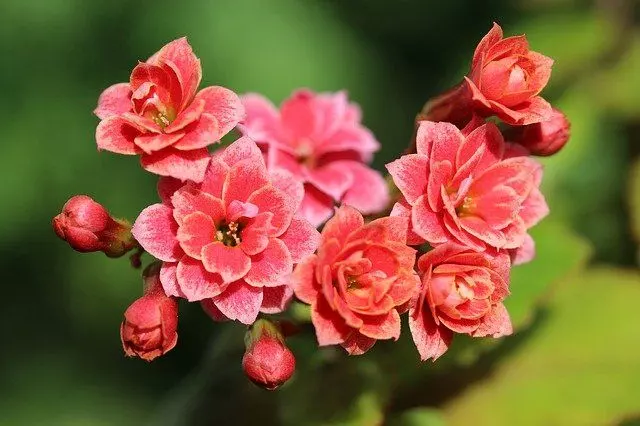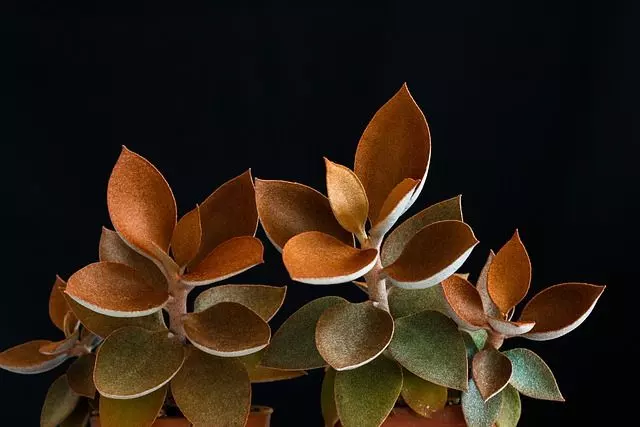In the world of botany, there are enigmas. There are plant species with peculiar qualities that break the rules established by most of their sisters. Issues such as flowering time, plant growth, propagation, or reproduction are inconsistent in some bushes. For this reason, lovers of extravagant flowers are always on the lookout for these specimens for their collection. Learn all about How to Care for Kalanchoe in this article.
Kalanchoe bushes are one of these, scientists are astonished to observe they are peculiar characteristics. The plant flowers when it wants to; in fact, some plants never do it or do it only once. In contrast, others do it several times a year. The factor of fortune will be the only one that will play in choosing whether your flowers do or not.
Its growth is also a mystery, plants that grow up to 10 ft (3 m) have been studied. But there have also been cataloged species that do not grow beyond 12” (30 cm), that is why you should take precautions regarding the place where you will plant them to anticipate unexpected changes in their development. To prevent this and other aspects, read on to find out how to plant them properly.
Table of Contents
How to Grow Kalanchoe
Although we cannot control their growth properly, we must provide them with all the necessary conditions for our Kalanchoes to grow as healthy as possible, consider the following.

How to Care for Kalanchoe: Sun
You can plant your bushes either inside or outside your home. But, no matter which of these places you choose, they must receive at least 4 hours of sunlight daily. In this way, we will ensure that they will receive the required vitamin D so that, with a little luck, they will bloom properly.
How to Care for Kalanchoe: Soil
It is best if the soil in which you plan to plant them is loose. If not, you can plow the soil and combine it with a bag of compost to provide extra vitamins.
How to Care for Kalanchoe: Drainage
As with almost any other plant, we must make sure that the area is well-drained. If this is not the case, avoid this place and look for those where the water drains properly.
How to Care for Kalanchoe: Space
To prevent any surprises, we must have an area that has adequate space so that, if required, the plant can develop freely. This is one of the most important factors to take into account when planting.
Kalanchoe Weather
During their first months, they are sensitive to sudden changes in temperature and blizzards. For this reason, we must cover them on the sides with sheets to protect them. These can be removed 4 months after planting.
How to Grow Kalanchoe Step by Step
Having taken note of the above, let’s proceed to plant it, follow these simple steps to make our plants thrive:
Step 1
First of all, you must acquire your specimen. You can do it through small offshoots that are detached from their stems or the scarce seeds that give their flowers. As the offshoots are more common, let’s try these first. You can try to plant from the smallest to the most developed ones.
Step 2
After choosing the one you like best, dig holes about 4” (10 cm) deep. If you want to plant more than one, we do not recommend that you do it at a distance of less than 6” (15 cm). Add a handful of compost and cover them by pressing the soil with the plants in your hands.
Step 3
Finally, all that remains is to water them abundantly. If you wish, to finish the planting process, you can proceed to water them with natural fertilizer. In this way, we will have concluded with their cultivation. It is time to learn how to care for them.

Kalanchoe Care
How to Water Kalanchoe
We cannot tell you how often you should water your Kalanchoe. Start by watering every 2 days, if you notice that it is doing well after two weeks, continue to do so. If not, vary the interval of days until you get the one your specimen accepts best. Some plants accept them only once a month.
Fertilizing Kalanchoe
Fertilizing is different. You should fertilize 3 times a year, choosing bags of fertilizer with high acid components. In this way, we will be sure to stimulate its flowering process.
How to Prune a Kalanchoe
In the same way, to stimulate their growth we should prune them 2 times per year. If it does not grow in an accelerated way we should only do it once.
Kalanchoe Flower
If you have had the luck that it has bloomed, you must take care of its flowers to make them last longer: First of all, you must not water them with water, this is harmful for these flowers. Spray them with a few drops of natural fertilizer to camouflage their scent to insects. Likewise, once they have dried you should remove them manually.

Kalanchoe Pest and Disease Control
If fortune plays against you, some insects may come to the plant to devour its flower. There are only 2 insects that usually do it, these are:
Caterpillars: They are gluttonous by nature, they do not distinguish between one plant or another. They will devour your flowers in less than a day, so you should be constantly watching them and your whole garden. We recommend that, if you see one, do not kill it; just put it away with a glove and remove it to an area well away from your plants.
Red spiders: Spiders do not gobble up our flowers, but they use to nest there. This causes the flower to wilt prematurely when the insect begins to spawn other spiders. You will have to use insecticides and be very persistent to eliminate them.

Kalanchoe Tips and Recommendations
It is not superfluous to give you a few tips that will be very useful once your plants have stuck, some of these are:
1- To take off young shoots from Kalanchoe you will have to wait until the second year after planting them. Although you can always try with the ones that come off their stems; when they fall off they grow roots in a couple of days.
2- You can plant them at any time of the year, whether you choose winter or spring, they will adapt to these seasons.
3- However, if you want to repot an already established specimen, you will have to wait and do it only in the spring.
